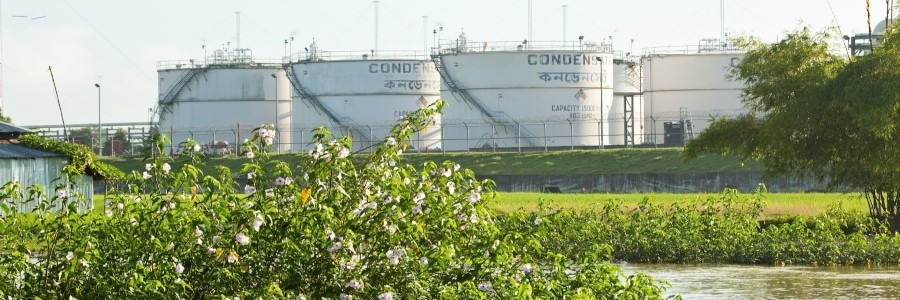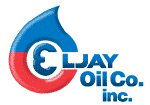Measuring Lubricant Cleanliness with Particle Counting

Over the past decade, heavy-duty equipment operators have made substantial efforts to reduce their impact on the environment. This is due in part to regulatory and public pressure, but also to the growing awareness that sustainability in operations is not only good for the planet, but a good business practice.
As part of that effort, we’re seeing a growing interest in “environmentally friendly” lubricants. Unfortunately, there are a lot of confusing and misleading terms out there in the market, and this is one of them. The more appropriate and increasingly standard term is, “environmentally acceptable lubricant” or EAL, which is based on quantifiable industry specifications. Under EPA regulations, as well as the European Union’s Ecolabel (EEL) requirements, oils claiming to be EALs must meet specific criteria. The EEL requirements are the most structured, and extend across eight criteria: aquatic toxicity, excluded substance, biodegradability and bioaccumulation, packaging/container requirements, minimum technical performance, use and disposal. (Side note: There are no agreed upon standards that allow a lubricant to claim that it is simply environmentally “friendly,” and that is not an officially accepted marketing or labeling term.)
The key requirement, biodegradability, is a function of the base oil used in the lubricant formulation. The most common biodegradable base stocks are vegetable oils, synthetic esters, and polyalkylene glycols.
Where we see the widest demand for and use of EALs is in hydraulic systems for off-highway equipment and in the marine sector. Marine lubricants in U.S. waters are subject to the EPA’s Vessel General Permit (VGP) regulation. The VGP standard requires that any lubricant used in oil-to-sea interfaces – in other words, likely to come in contact with water – must be an EAL. Under the VGP definition, the oil must be low in toxicity to aquatic organisms, and “non-bioaccumulating,” meaning it won’t take a concentrated form inside an organism. Oils meeting these criteria in industry-standard testing may be deemed EALs, and labeled and marketed accordingly for marine applications.
The current VGP standard was established in 2013. The EPA is expected to upgrade the standard or supplant it with the Vessel Incidental Discharge Act (VIDA) in the near future. Under VIDA, the standard may expand to include marine applications that do not come in direct contact with water, which are not currently subject to VGP.
In the off-road segment, construction projects often take place in environmentally sensitive areas. While EALs are not mandated in hydraulic equipment as they are in marine applications, heavy duty OEMs, operators and their end customers have an interest in mitigating the impact of lubricant leakage on soil or water around the job site. Using biodegradable EALs addresses this issue, while also enabling operators to demonstrate environmental awareness and sound sustainability practices to customers, regulators and the general public.
Chevron has been active in bringing high-performance EALs to market for more than a decade, notably with our Clarity® Synthetic line of lubricants for hydraulic and marine applications. Today, we are in development and nearing launch of the next generation of EAL products to meet our customers’ regulatory requirements, sustainability goals and performance expectations. Stay tuned for further announcements, and as always, please contact us if you have any questions about environmentally acceptable lubricants.
